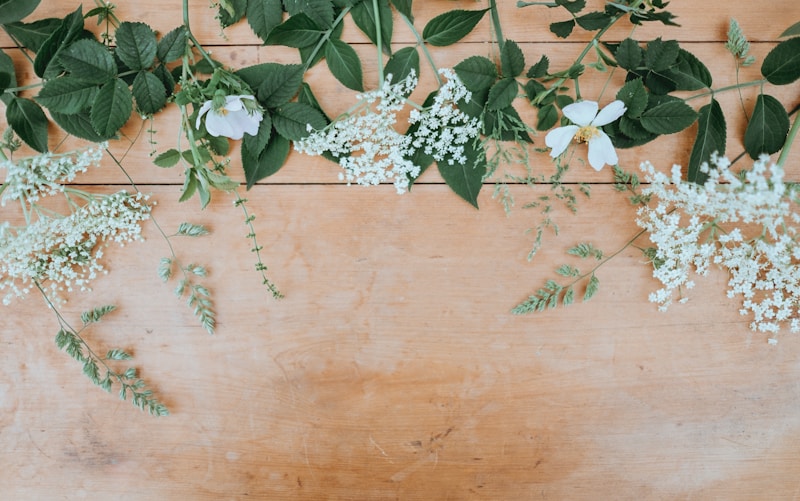Unleashing Creativity: The Art of Artistic Floral Composition
Understanding Artistic Floral Composition
Artistic Floral Composition is a unique blend of creativity and nature that captivates both the eye and the soul. This practice involves arranging flowers in a way that creates a striking visual experience while also conveying emotion and meaning. From weddings to art galleries, floral compositions play a significant role in enhancing various aspects of our lives. In this article, we will explore the principles of artistic floral composition, the types of arrangements, common materials, and some tips for creating your own stunning floral displays.
The Principles of Artistic Floral Composition
To master the art of floral composition, it is essential to understand some fundamental principles that guide the arrangement process:
- Balance: This refers to distributing visual weight within a composition to create harmony. Balance can be symmetrical or asymmetrical, depending on the desired effect.
- Contrast: Utilizing contrasting colors, shapes, and textures can make a floral arrangement more dynamic and intriguing. Contrast draws the viewer's eye and keeps them engaged.
- Proportion: The relationship between the size of the flowers and the container is crucial. A larger bouquet may require a more substantial vase, while a delicate arrangement could benefit from a more petite structure.
- Rhythm: Rhythm in floral design is about creating a visual movement that guides the viewer's eye throughout the arrangement. This can be achieved through repetition or alternating flowers and colors.
- Harmony: Achieving harmony involves unifying all elements in the composition, ensuring that they work together to convey a single message or theme.
Types of Artistic Floral Compositions
Various styles of floral arrangements exist, each serving different occasions and purposes. Here are some popular types:
| Type | Description |
| Traditional | Follows specific design rules and often uses a symmetrical approach, focusing on balance and proportion. |
| Modern | Characterized by unconventional materials, innovative shapes, and often employs asymmetry. |
| Garden Style | Emulates a natural garden setting with a loose and flowing design, combining different flowers and textures. |
| Ikebana | A Japanese art form that emphasizes line, balance, and simplicity, creating striking arrangements with minimal flowers. |
| Contemporary | Incorporates modern design elements with unique containers, varied textures, and bold colors. |
Common Materials Used in Artistic Floral Composition
When creating floral compositions, a variety of materials may be used to enhance the overall aesthetic. Here are some common materials:
- Fresh Flowers: The main component of any floral arrangement. Choosing in-season flowers can add vibrancy and longevity to the composition.
- Foliage: Leaves and stems provide a backdrop for the focal flowers and add depth to the arrangement.
- Containers: Vases, bowls, and baskets can significantly influence the presentation. The container should complement the style of the arrangement.
- Floral Foam: A material that keeps flowers hydrated and positioned, particularly for larger arrangements.
- Accessories: Elements such as ribbons, stones, or candles can enhance the overall aesthetic of the composition.
Creating Your Own Artistic Floral Composition
Now that we've covered the essentials, let's delve into how you can create your own floral masterpiece. Here’s a simple step-by-step guide to get you started:
Step 1: Gather Your Materials
Prepare all the necessary materials, including flowers, foliage, a container, floral foam, scissors, and accessories. Make sure to select flowers that resonate with you or the occasion for which you're creating the arrangement.
Step 2: Prepare the Container
If using floral foam, soak it in water until fully saturated. Place the foam in your chosen container, ensuring it fits snugly and provides stability for the flowers.
Step 3: Choose Your Focal Flower
Select a focal flower that will serve as the center of attention in your arrangement. This flower should be the largest or most striking, drawing the eye and establishing the composition's theme.
Step 4: Add Secondary Flowers
Incorporate secondary flowers around the focal point. These should complement the focal flower in terms of color and shape, creating harmony and depth.
Step 5: Include Foliage
Add greenery to fill any gaps and provide a lush background. This adds texture and can enhance the overall aesthetic of your arrangement.
Step 6: Final Touches
Once you're satisfied with the arrangement, step back and assess the overall look. Make any necessary adjustments, and consider adding accessories like ribbons or decorative stones for added flair.

Tips for Improving Your Floral Composition Skills
As you continue to explore the world of artistic floral composition, consider these tips to enhance your skills:
- Practice Regularly: The more you experiment with various arrangements, the better you will become. Don’t be afraid to try new styles and techniques.
- Take Inspiration from Nature: Observe how flowers grow in their natural habitat. This can provide insights into color combinations, shapes, and arrangements.
- Study Floral Art: Review books, articles, and videos on floral design. Learning from experts can expose you to new ideas and innovations.
- Attend Workshops: Join local floral workshops or classes. Hands-on experience guided by professionals is invaluable.
- Seek Feedback: Share your creations with friends or fellow florists to receive constructive criticism and insights.
Conclusion
Artistic Floral Composition is a beautiful expression of creativity that enhances our environment and special occasions. By understanding the principles of design, exploring different types of arrangements, and utilizing quality materials, anyone can create stunning floral displays. Remember to practice regularly, seek inspiration, and enjoy the process of bringing nature's beauty into the living space. Whether for personal enjoyment or professional endeavors, the art of floral composition offers endless possibilities for creativity and expression. Happy arranging!